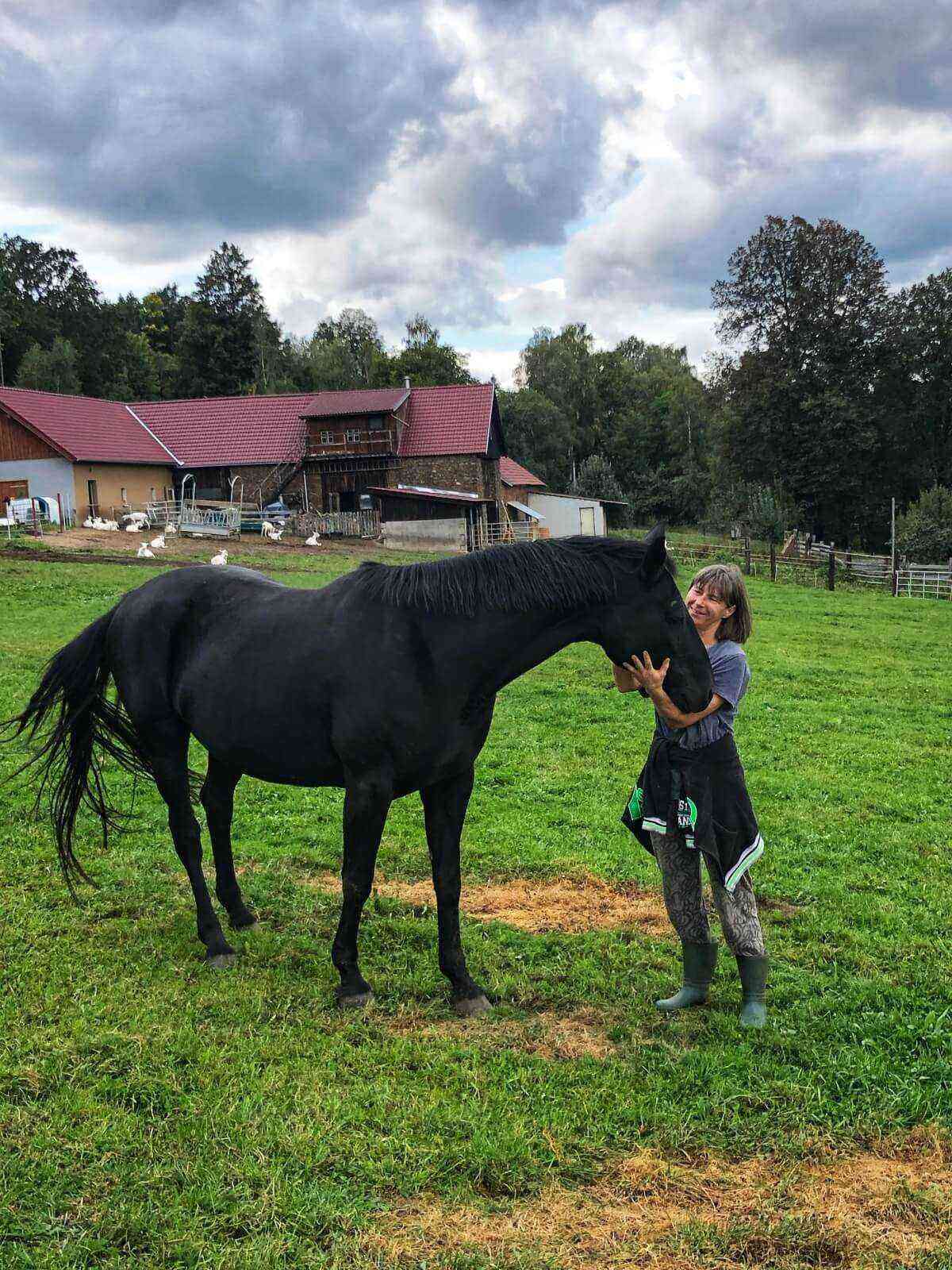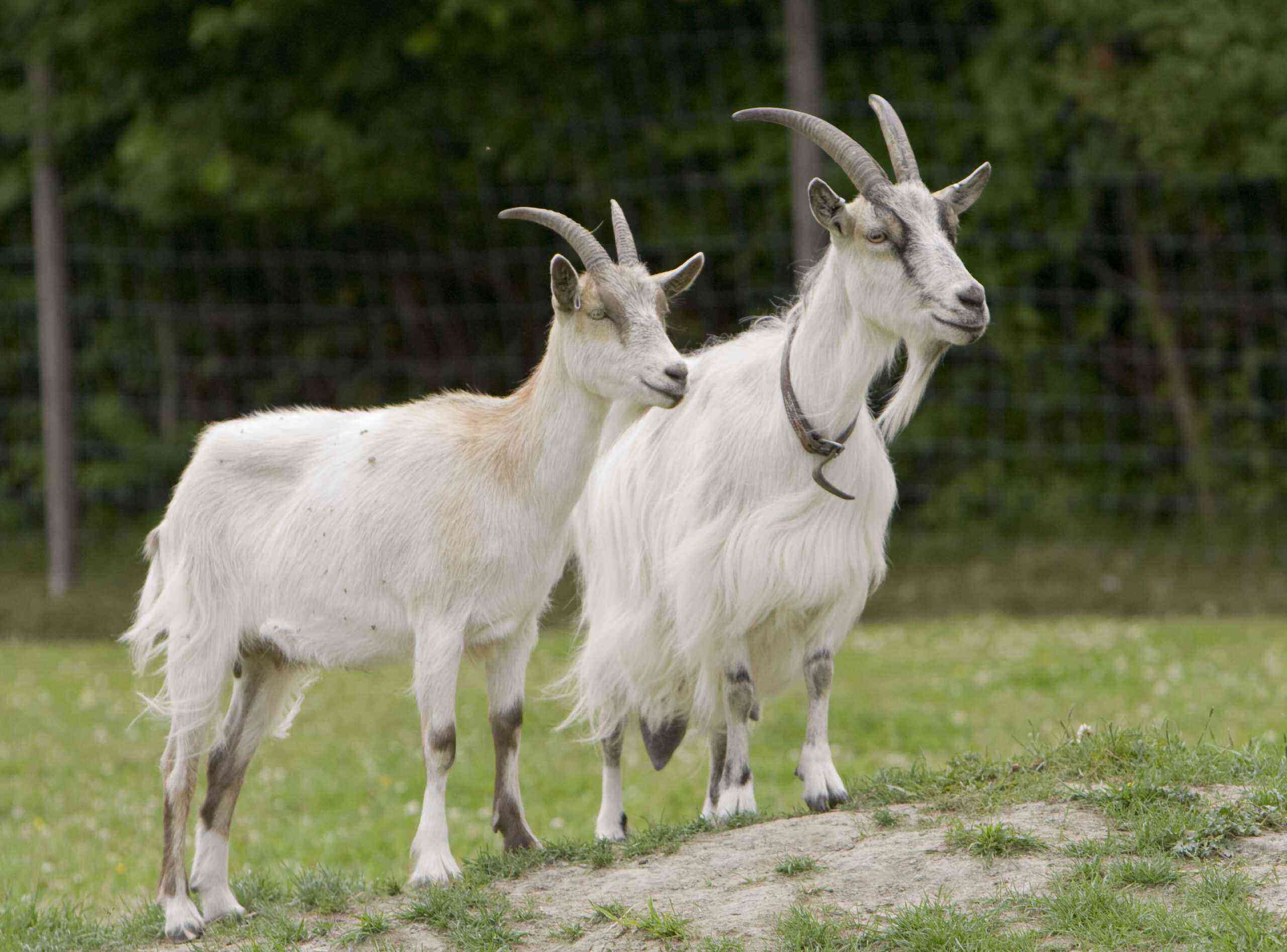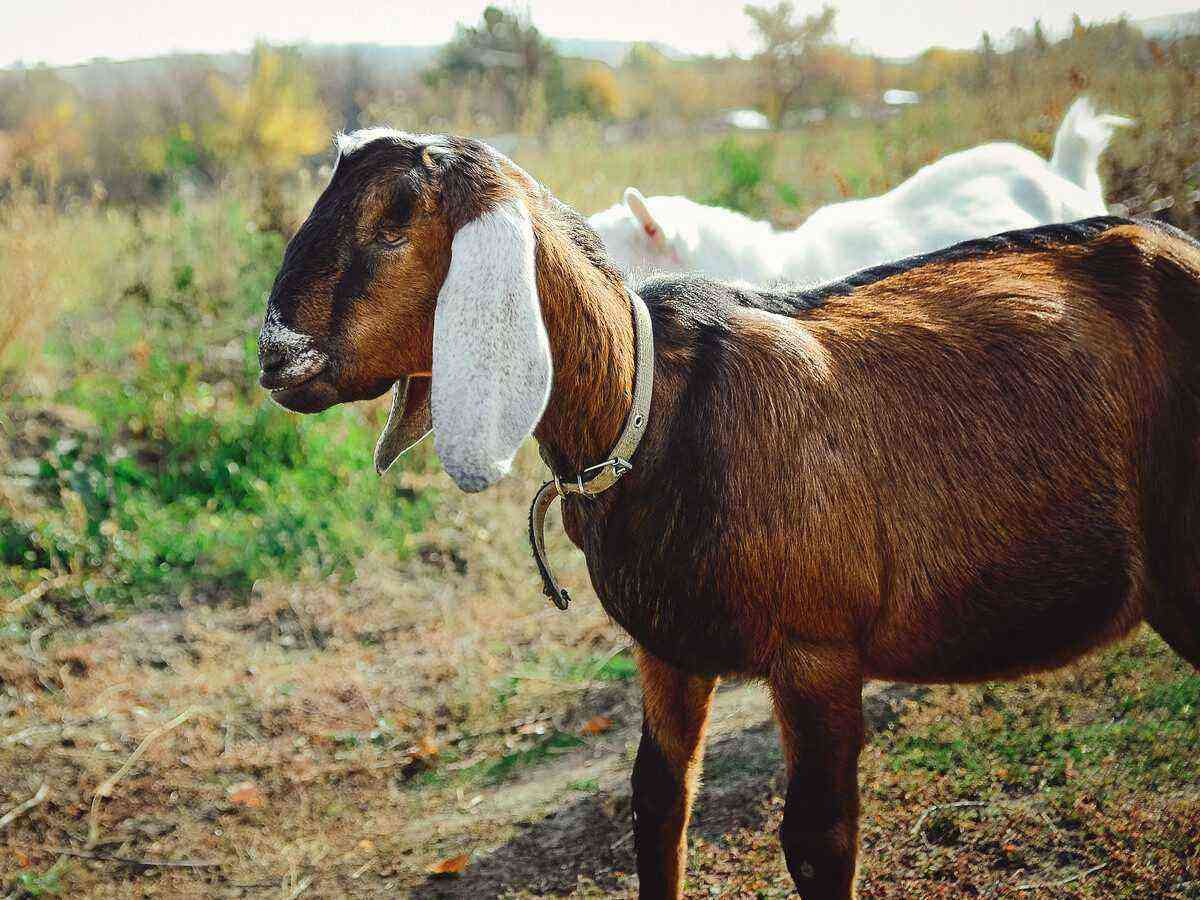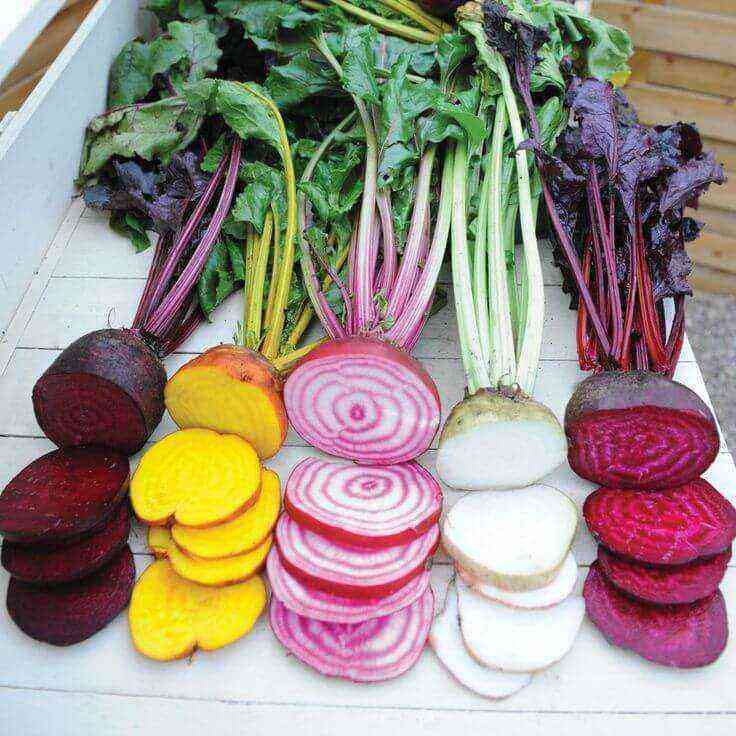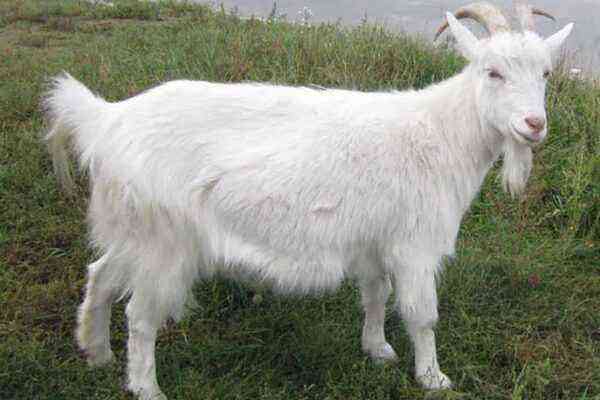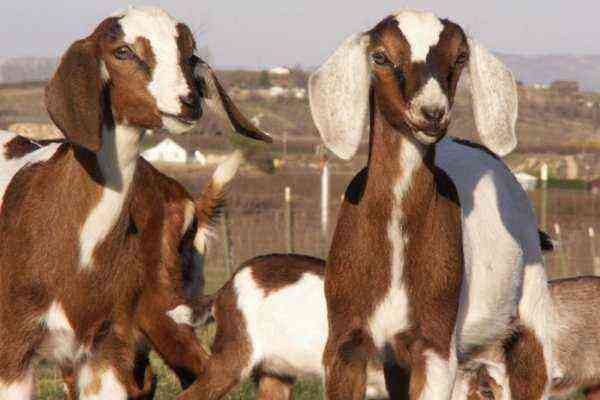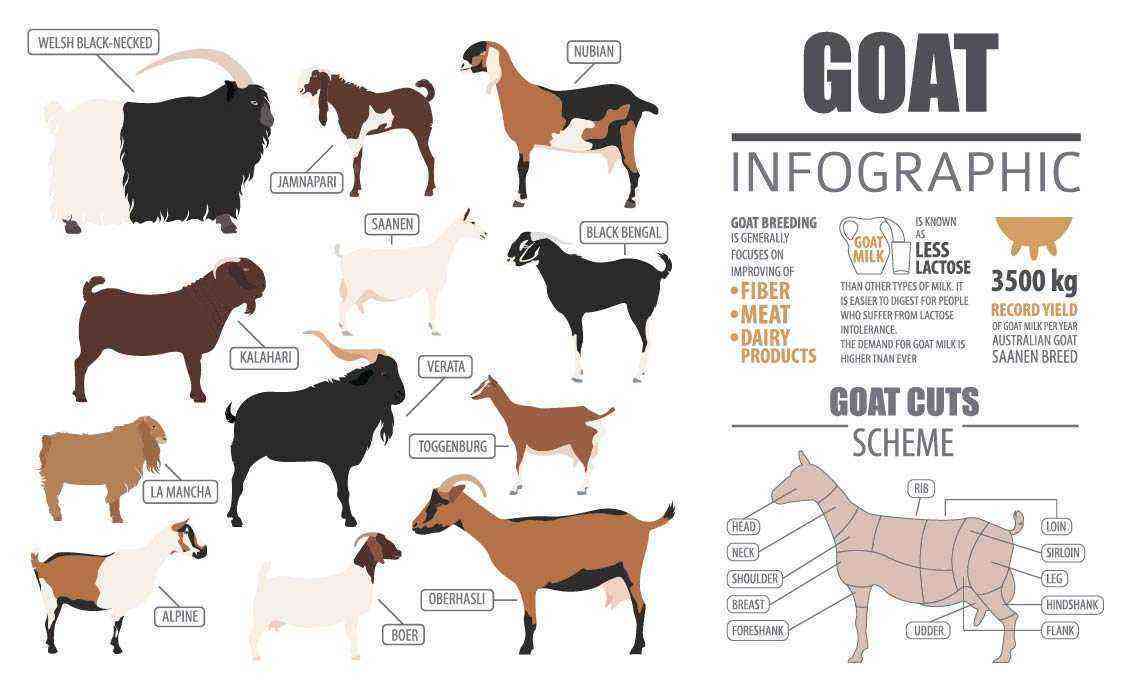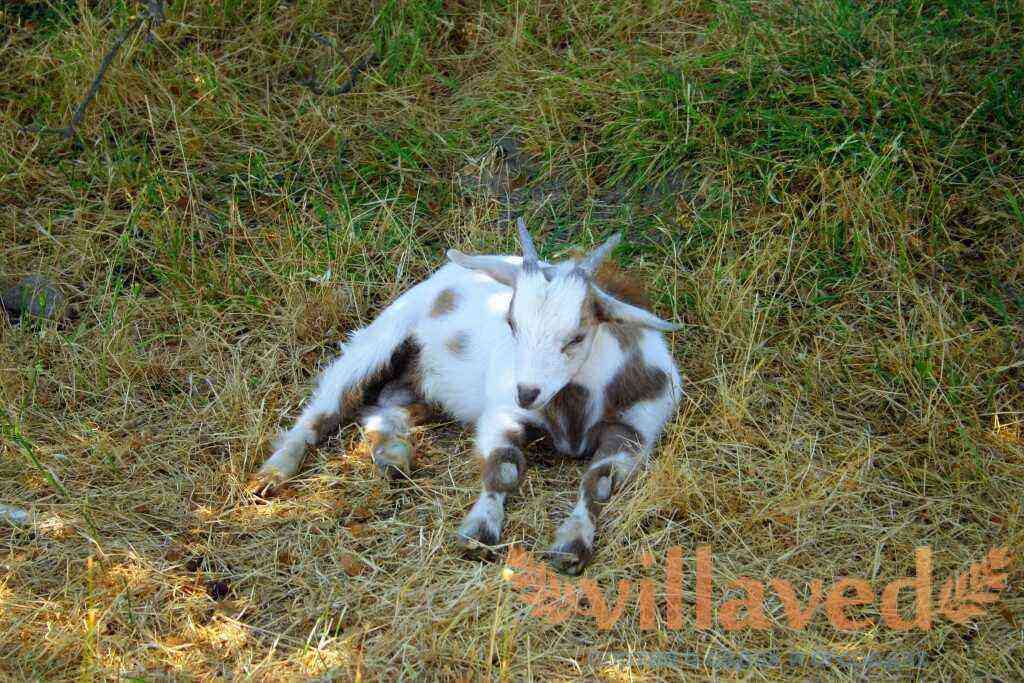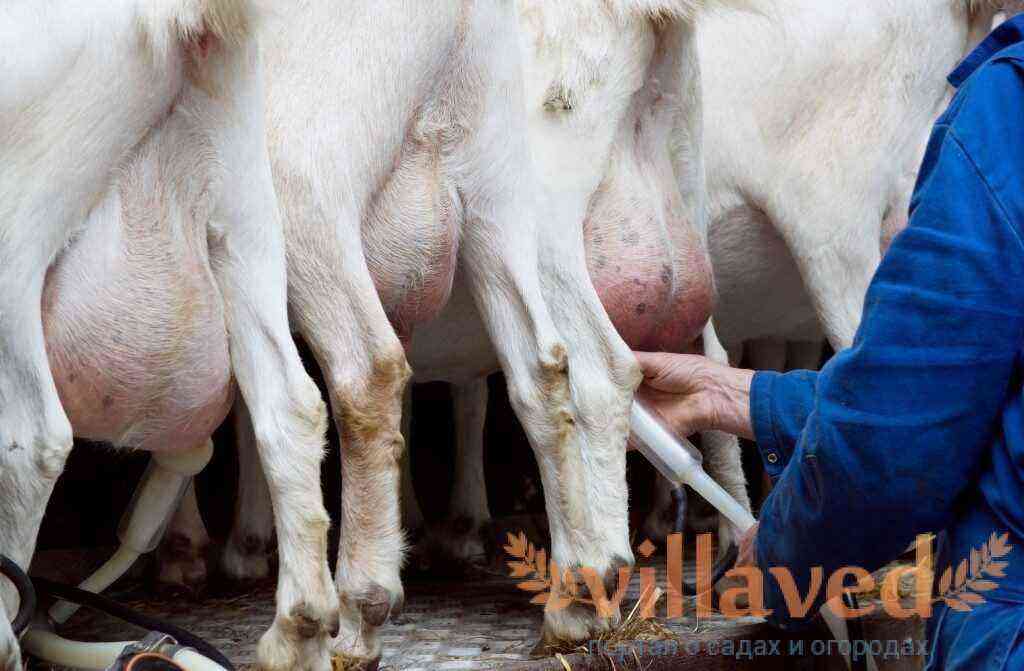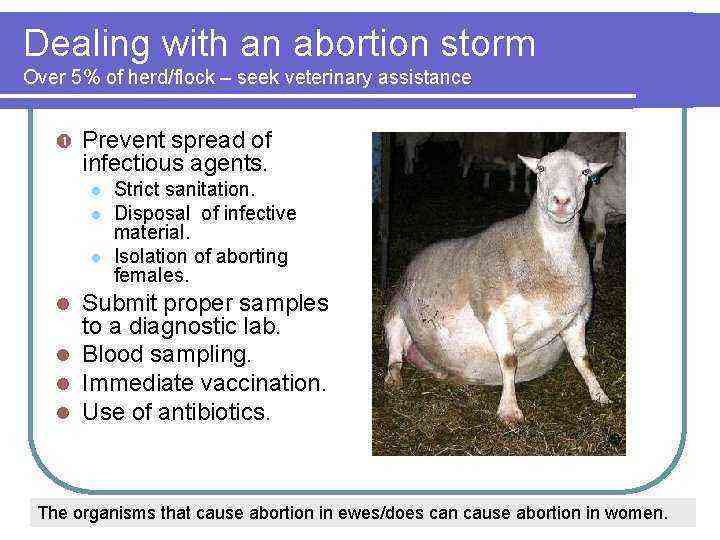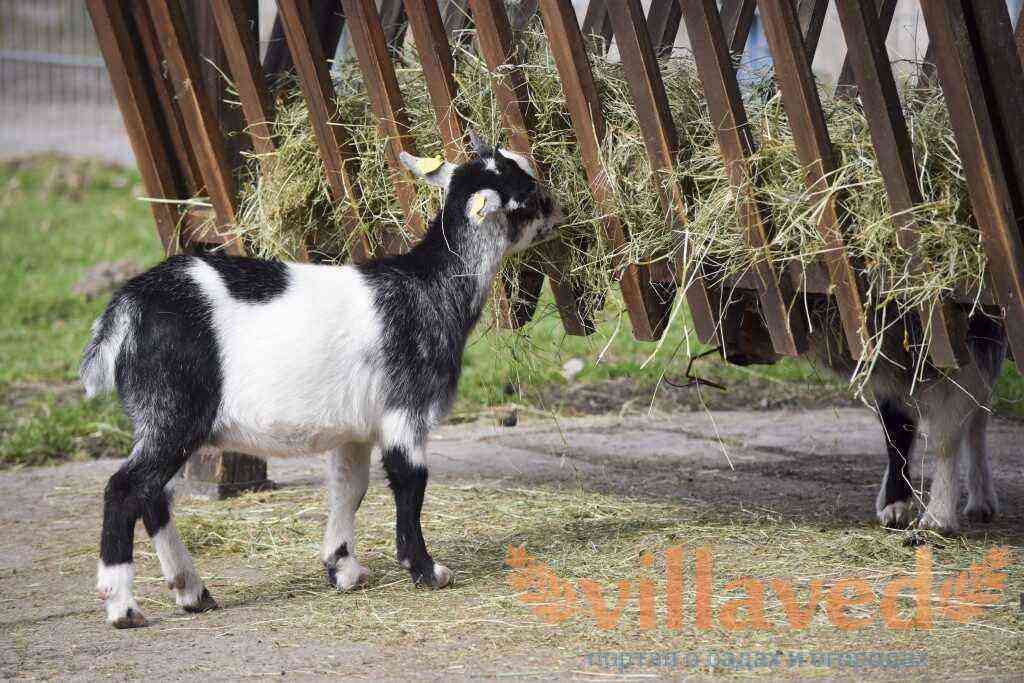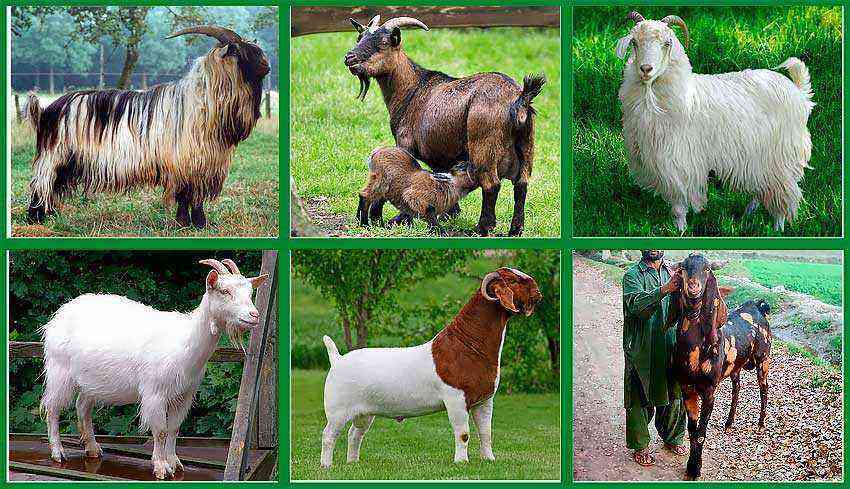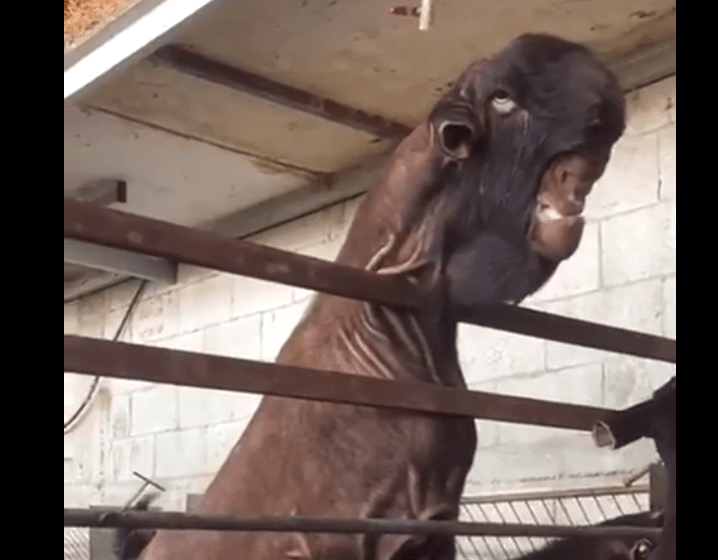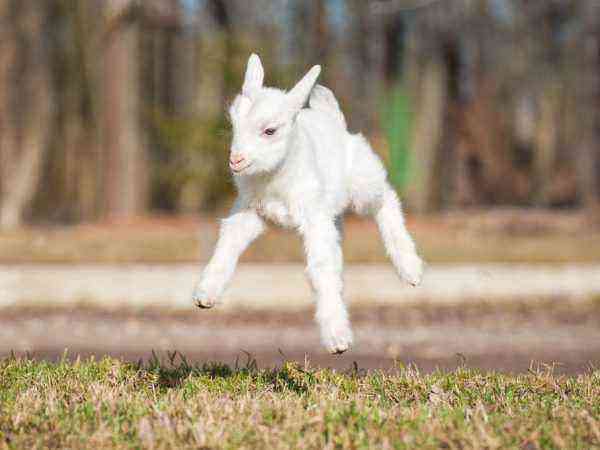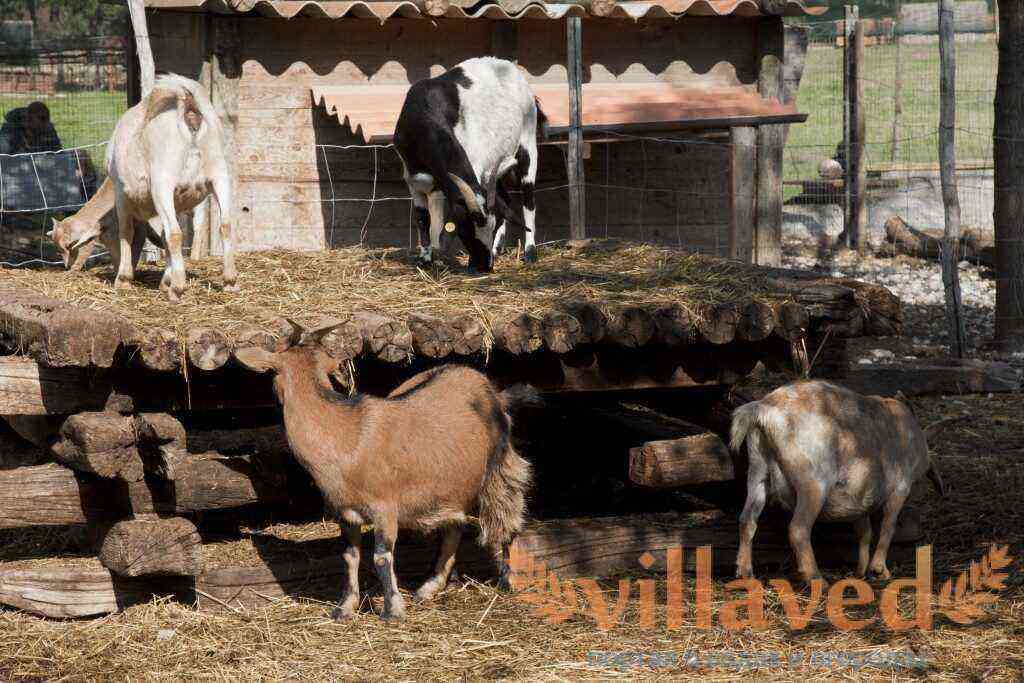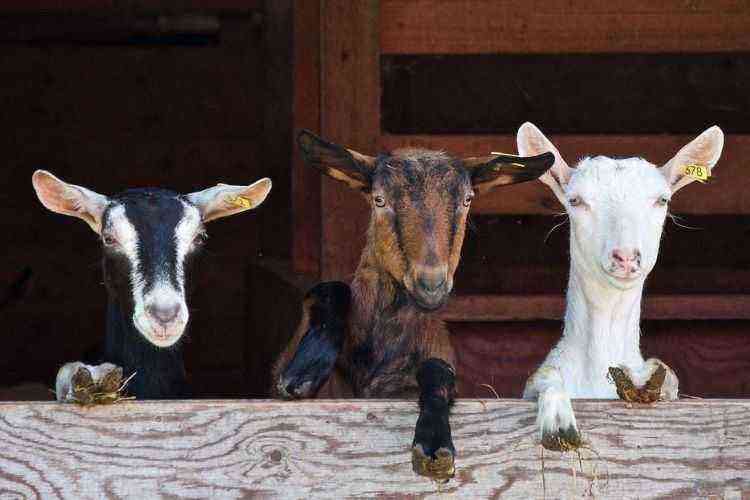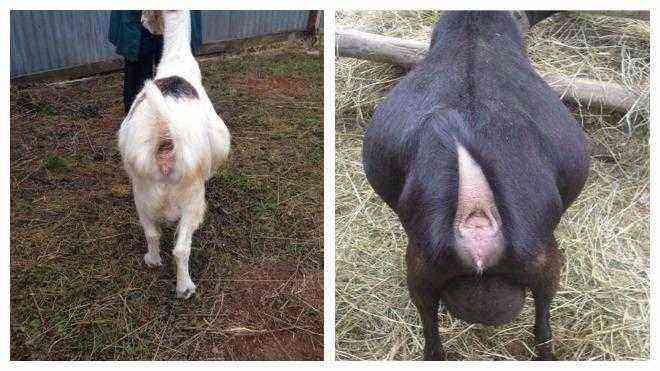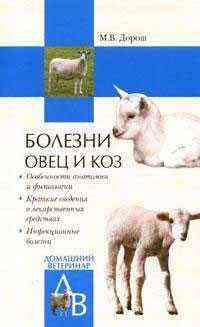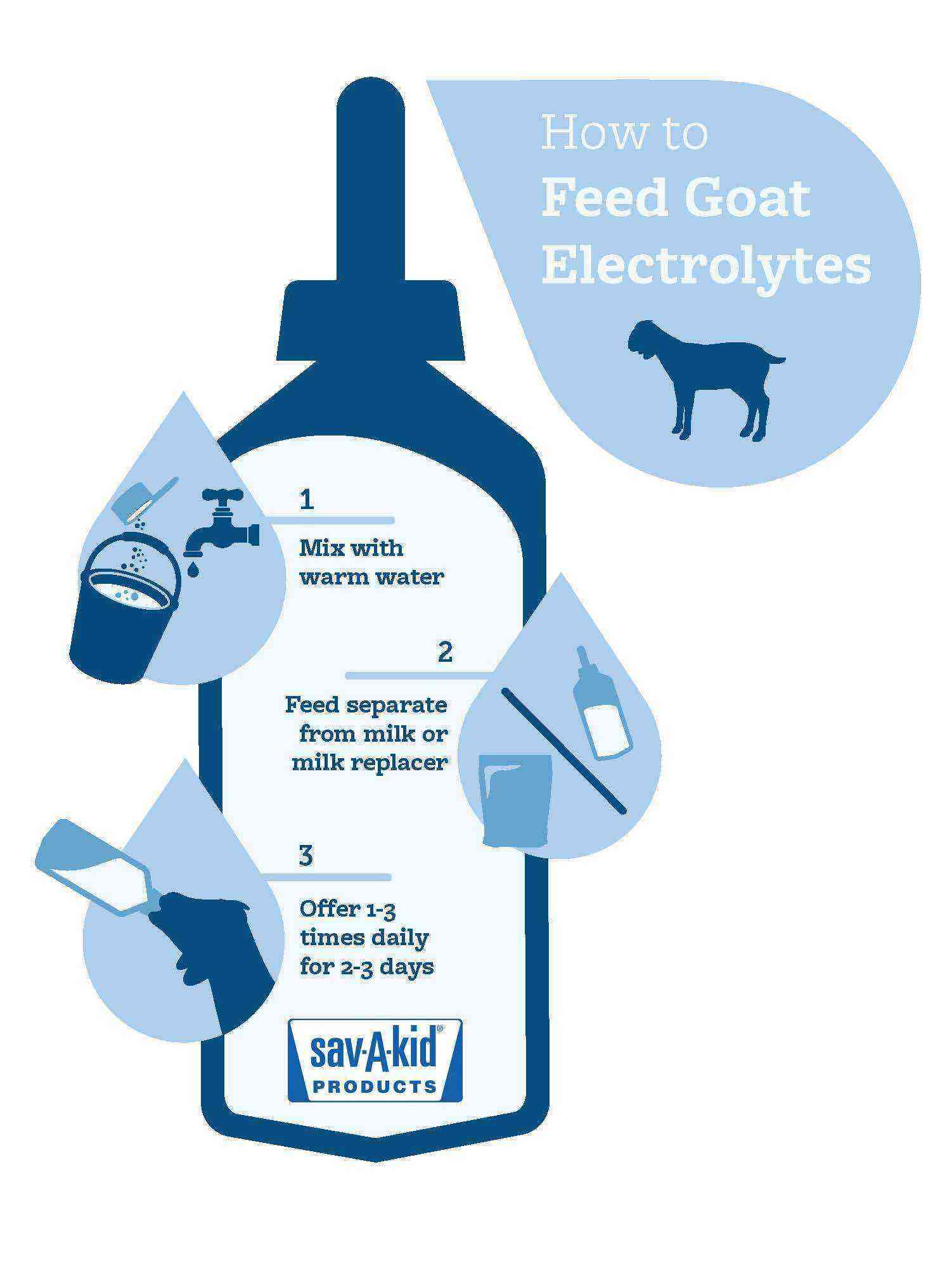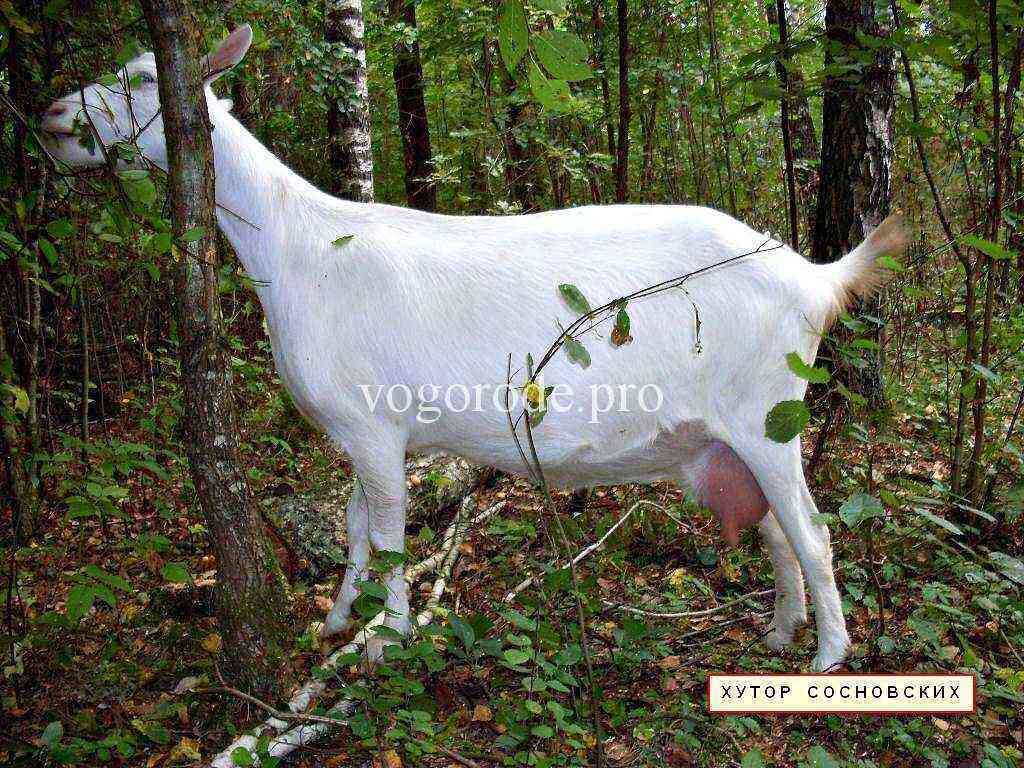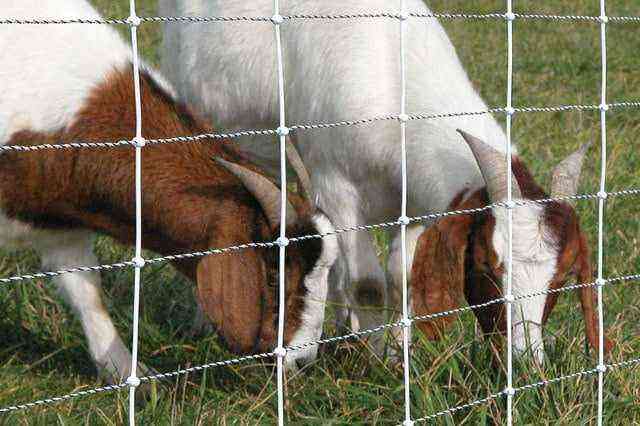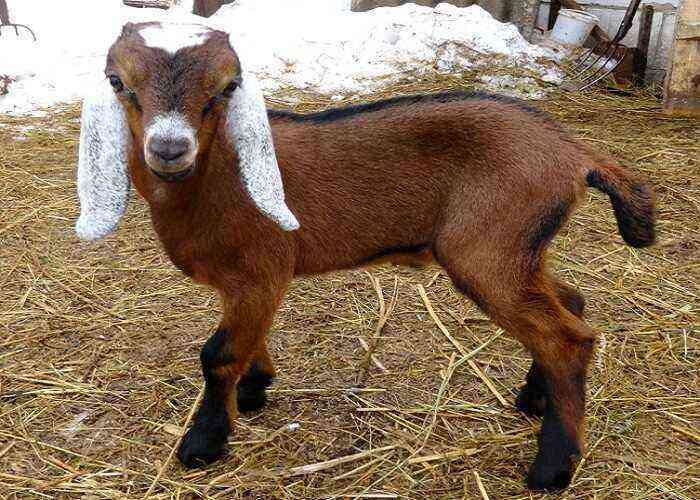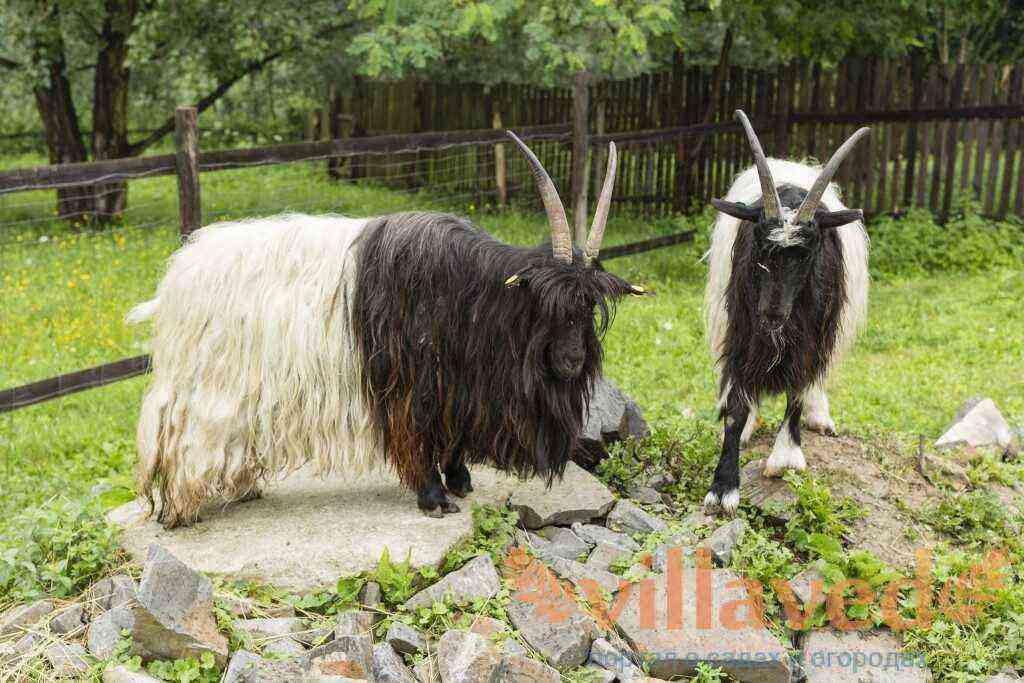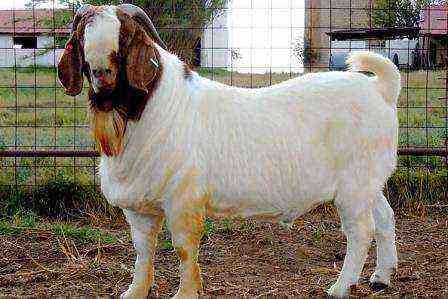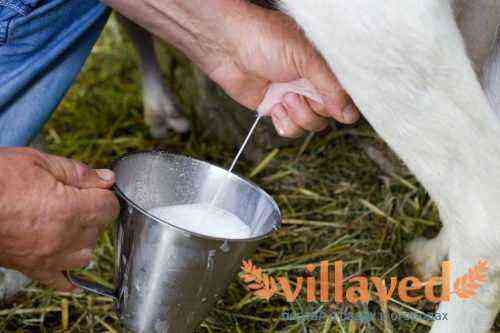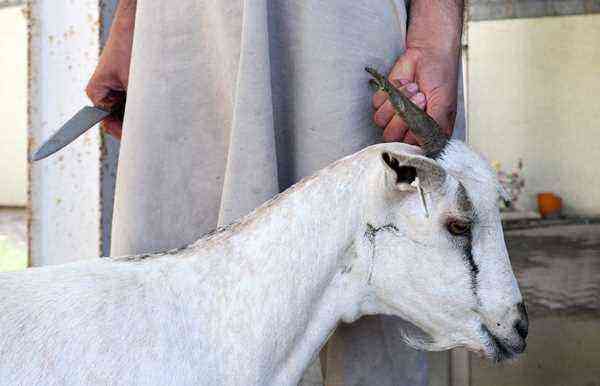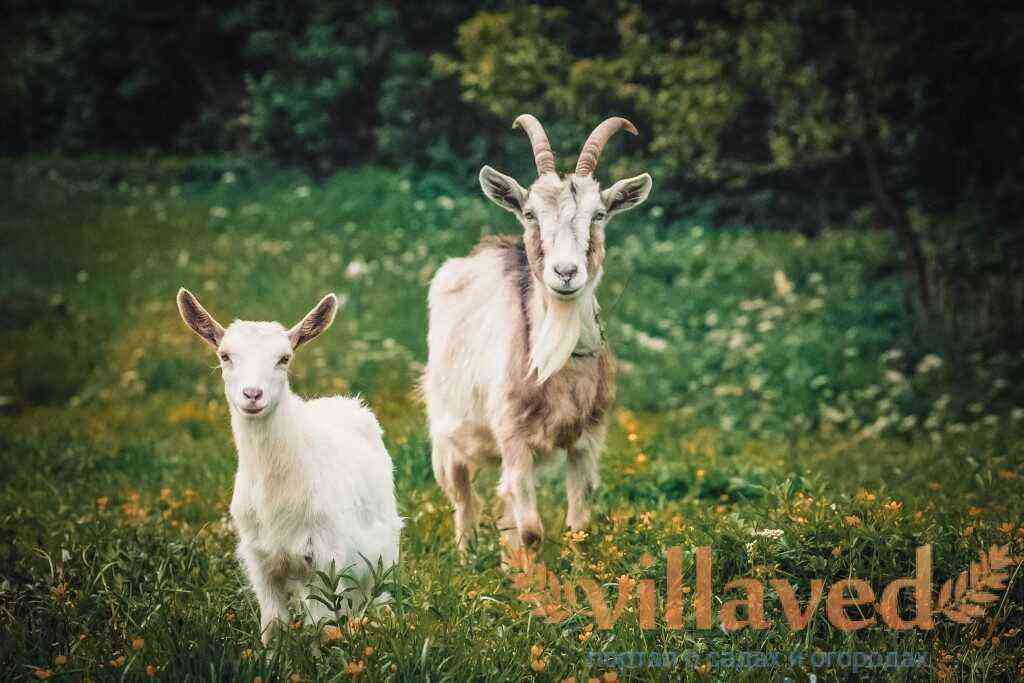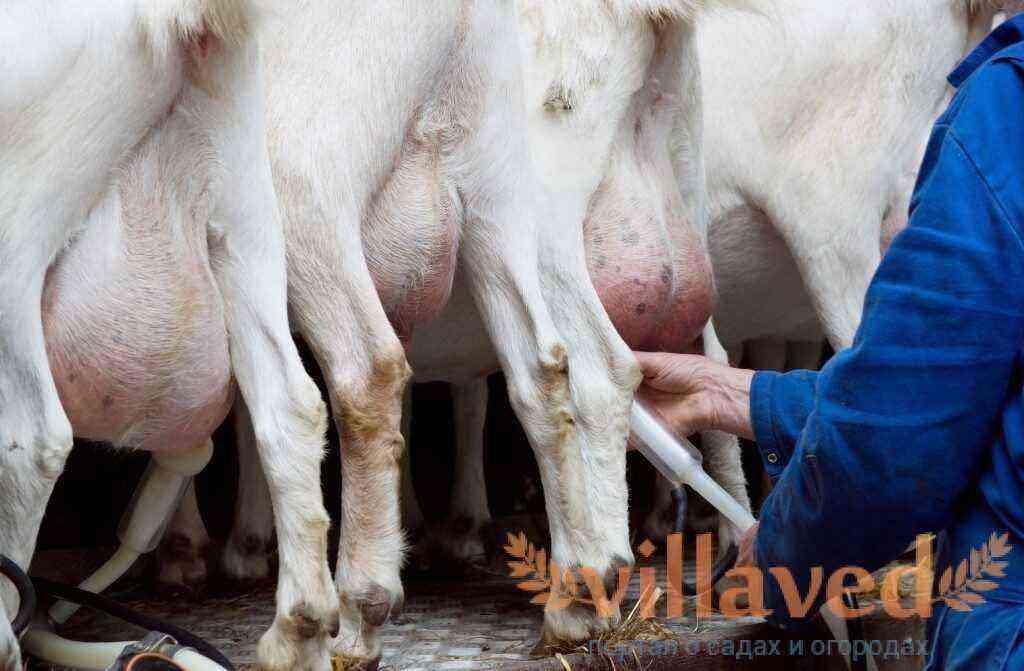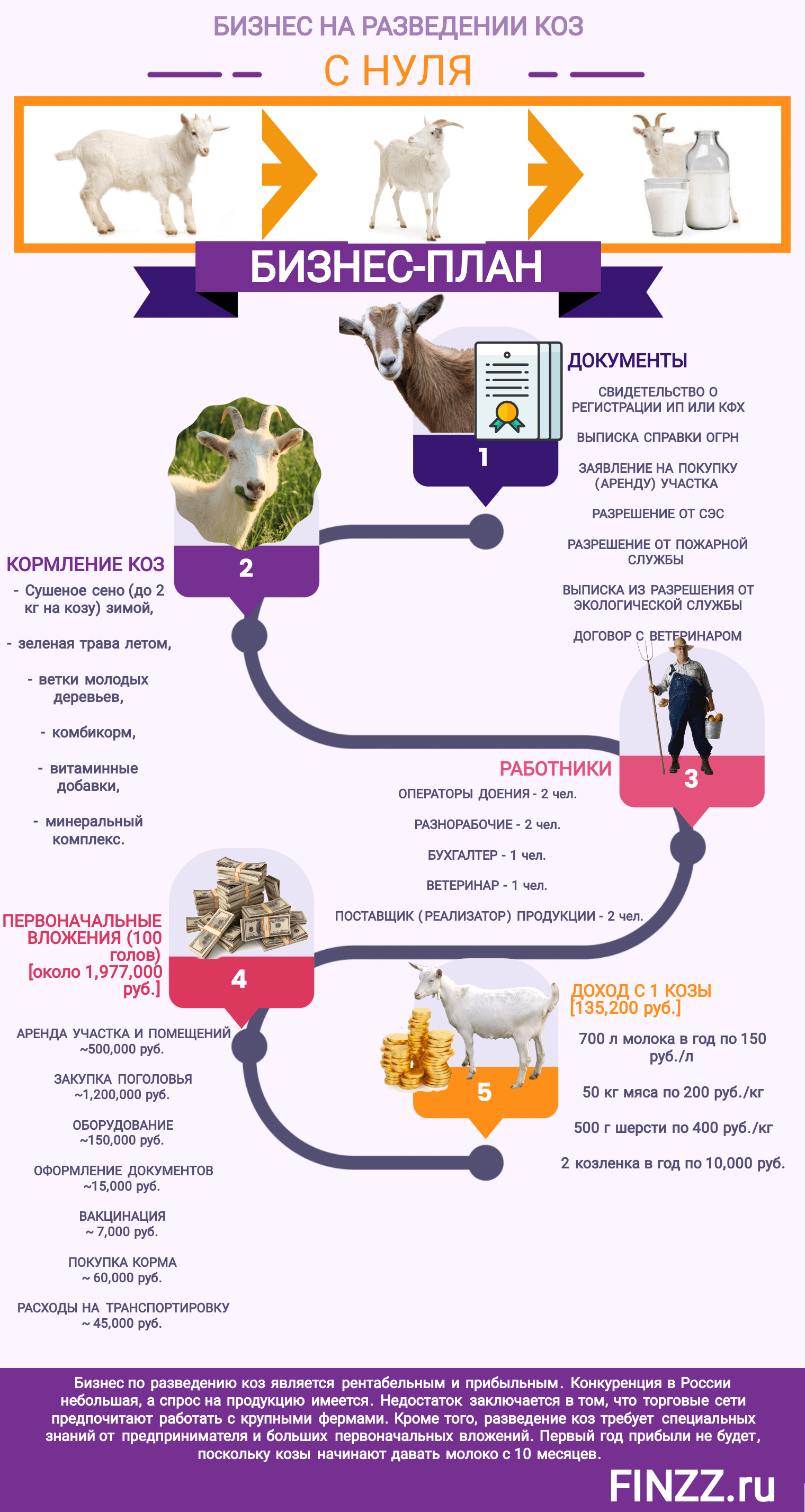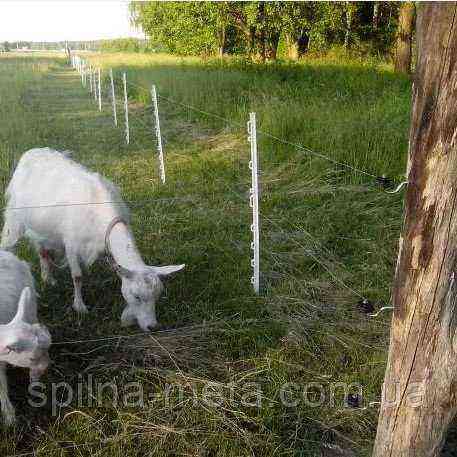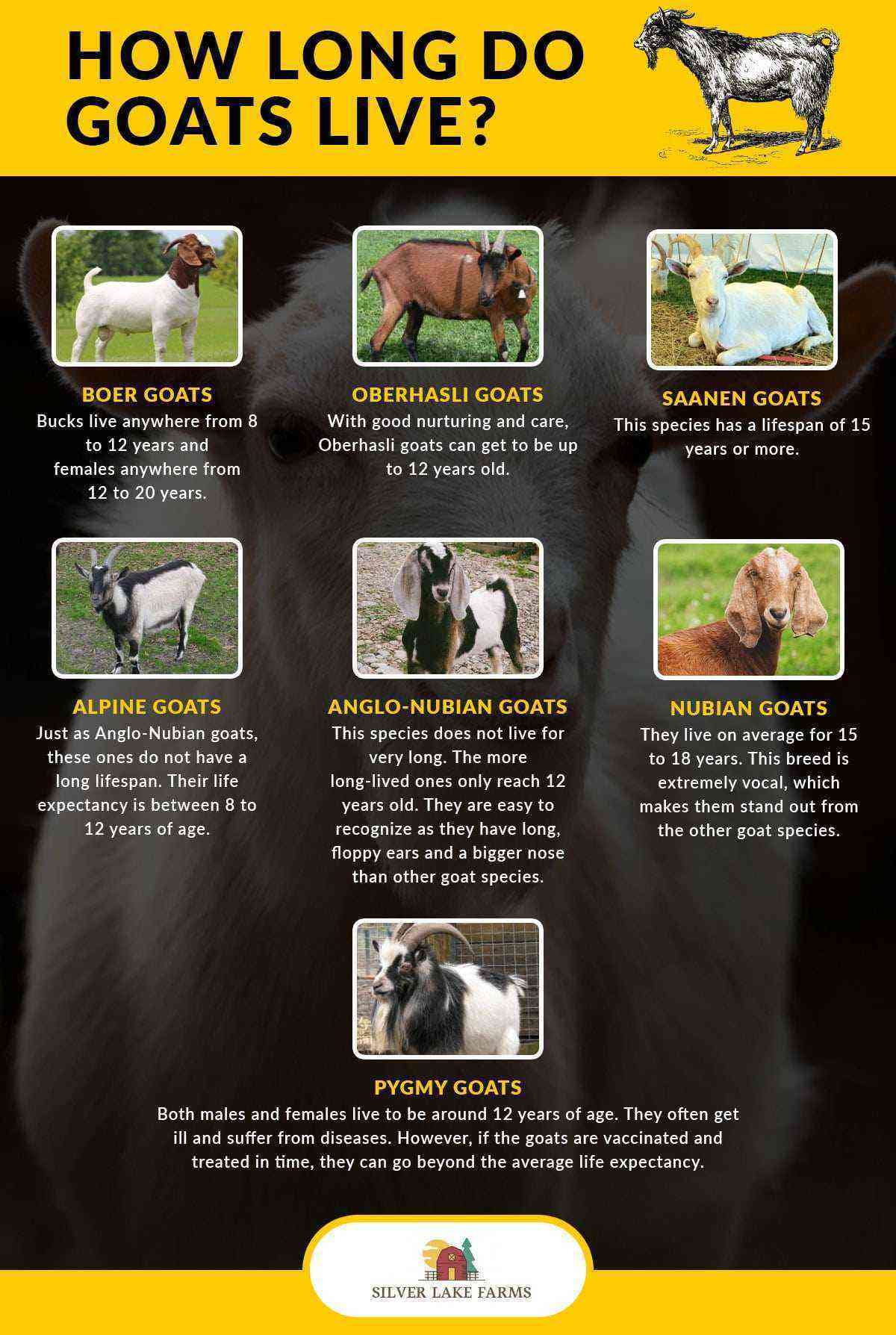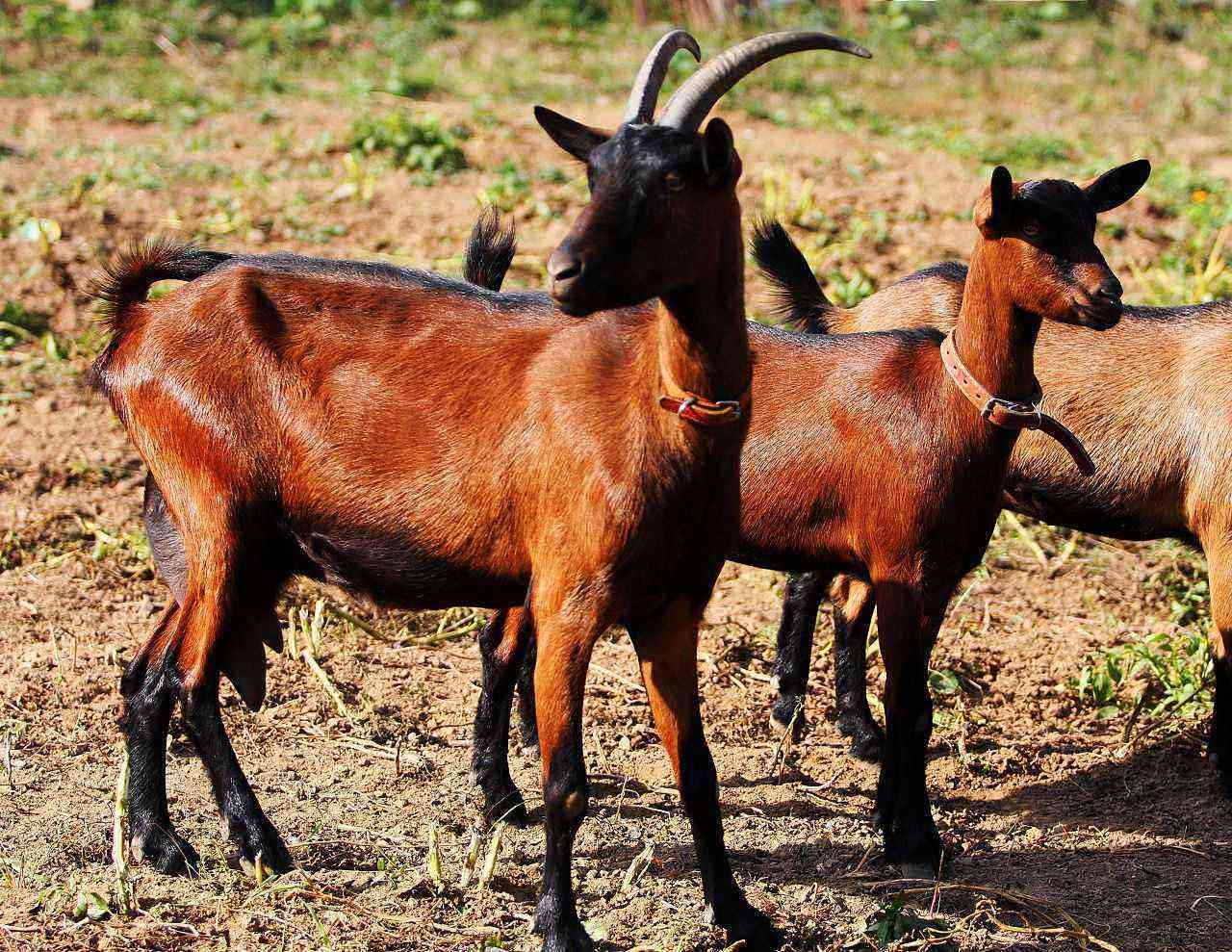Goat lambing is an opportunity to get new offspring. What you need to know in order to get healthy and strong kids? What to do with a goat after lambing? What kind of care and diet should goats have after lambing? About this and much more, read the recommendations of experts in the article.
Goat lambing
The content of the article:
Signs of pregnancy
There are several options for determining the position of a goat that are important for a farmer, especially a beginner, to know. Then you will be able to increase the nutritional value of animal feed in a timely manner and prepare for the upcoming lambing. So, your goat is pregnant if:
- When the hunting period ends, the goat begins to give a lot of milk;
- If there was a mating, then after fifteen or twenty days the hunt disappears;
- The abdomen increases and takes on an asymmetrical appearance, but this is the norm, the sides are noticeably rounded;
- Near the vagina, the skin is leveled, the folds disappear;
- There is an expansion of the pelvic bones, as well as relaxation of the hip ligamentous apparatus;
- The udder noticeably increases in volume, swelling of the external genital organs occurs;
- If you palpate in the second half of pregnancy, you can feel the enlarged uterus and fetus.
There are clinical methods for determining the position of a goat, milk or blood tests.
We offer a table by which you can calculate when goat lambing starts on average.
Pregnancy
How is the process of fetal development in a goat? It is almost imperceptible, so easy is the growth of the embryo in the uterus of the female. The first months (often in winter) of the “interesting position” the goat behaves as usual, her appearance gradually changes, her stomach becomes rounded, her sides become asymmetrical, she begins to dig the litter with her hooves. When the middle of the term is approaching, as the lambing calendar will tell you, the behavior of the goat evens out, it calms down, often lies, it needs more nutritious food due to its growing appetite.
Provide a nutritious diet during pregnancy, assistance with childbirth if necessary, and proper care of the goat after lambing.
The life expectancy of an animal at home is up to 10 years, but there are cases when some individuals lived up to the age of seventeen. Normally, lambing occurs once a year, but if you take good care of the females, two pregnancies are possible within 12 months.
If the pregnancy period is difficult, spotting, diarrhea, swelling of the udder are observed, the goat behaves unusually or has lost a lot of weight – the reason may be in some kind of pathology, so you need to seek help and advice from a veterinarian. It is dangerous if the time of lambing comes, and the goat has an udder seal, like small balls or nodules. Any cut or wound on the udder can lead to blood poisoning or inflammation, and it becomes impossible for the goat to be milked, as this procedure becomes painful for her. You need to help her in time to prevent the development of a small problem into a big pathology.
Lambing period
Goat pregnancy at home lasts about five months and ranges from 147 to 150 days, depending on the breed, the health of the animal and competent nutritional care.
A domestic goat usually gives birth easily, within an hour and a half, and does not need outside help if it is healthy and the pregnancy has no pathologies. In other cases, depending on the individual characteristics of the animal, childbirth may be faster or slower.
How to accurately calculate the time of birth of kids? First of all, the goat must have the right housing conditions and a nutrient-rich diet. Lambing is influenced not only by the breed, but also by the time of launch and the age of the animal, the location of the fetus in the uterus. If the kid is not located in the goat’s stomach correctly, she will have to help with lambing, and preferably in the presence and with the help of a specialist.
It depends only on your timely help how the newborn babies and the goat mother will feel after lambing, as well as the subsequent milking.
Number of kids
How many babies can a goat give birth to annually? This is a difficult question that only veterinarians can answer after an examination. If you have a young goat, expect two or three kids. Older goats give up to four cubs, a maximum of five, but this is very rare.
After the birth of the first goat, the next ones come out either immediately or after some period, but normally lambing should be about 1-1,5 hours. As soon as the next baby is born, wipe his muzzle with a clean bundle of straw or a soft towel so that it is cleared of mucus, then let the goat lick it. Watch the video and photos as it happens.
Very often, goats eat the afterbirth, there is nothing pathological in this, in nature, wild animals do the same after childbirth. Why is this happening? Thus, animals return to the body part of the nutrients that are in the placenta.
Launch conditions
A pregnant animal needs a competent launch before lambing. What does it mean? The developing fetus takes a huge amount of nutrients from the goat’s body, so as soon as you discover her pregnancy, begin to gradually stop milking (start) and help her gain new strength for the next lactation period.
If the goat still, despite your efforts, continues to produce high requirements, you will have to do a forced start 4-6 weeks before lambing. How does it go right?
Reduce the amount of succulent foods in the diet, especially greens, concentrated additives and vegetables. You will return the goat to good nutrition after it stops lactating. However, you will have to repeat the launch 3-4 days before the expected time of delivery.
You need to start a pregnant animal little by little. For a well-fed goat, launching is allowed a month before lambing, and for a lean goat, two.
First you need to reduce the milking regimen, for example, if you milked her three times a day, start milking twice, and then only once a day. During a one-time milking regimen, gradually under-milk, then switch to milking in a day or two and stop massaging the udder.
As soon as you achieve a reduction in milk yield to a glass per day, stop milking altogether.
If, after starting on the fourth or fifth day, the udder becomes hard, it is urgent to milk the burnt milk, otherwise there may be mastitis, the treatment of which is quite difficult and costly. How to run a goat, see the chart.
Food
After the launch, a pregnant goat needs good nutrition, vitamins and microelements – this is a guarantee of high-quality colostrum and milk, which are necessary for fattening newborns and little kids. As soon as the goat stops producing milk, increase the amount of concentrates from half a kilogram to one and a half kg. As soon as there are 14 days left before lambing, immediately reduce the amount of concentrates by half.
It is possible to return full nutrition to the goat after lambing in three days.
It is forbidden to feed the animal with rotten vegetables, feed in which dry and wet mold is visible, as well as non-marketable food. Boil the root crops, while eliminating tops with turnips from the diet for a while.
Feed the pregnant female with warm wheat bran mash, high quality hay, boiled potatoes and red beets to improve digestion and prevent postpartum constipation.
Help correctly
When the period of childbirth comes, you will immediately understand this by the behavior of the female. What are the likely signs of the approaching final pregnancy? Goats before lambing will worry, they will start to lie down, then get up, and most importantly, the vagina begins to open. If there is nothing dangerous, leave it alone for a short time and observe the process from time to time. The birth of a goat usually does not cause any problems and special troubles. Newborn kids should be carefully wiped with a soft cloth or dry hay and placed on the goat so that it is convenient for her to lick them, as shown in the video. Some help is needed for the primogeniture goat, but again, on the advice of a specialist.
It is necessary to take birth correctly. The umbilical cord for babies needs to be tied up at a distance of 2-3 cm from the tummies with a strong thread, which must first be moistened with plenty of iodine. A centimeter from the place of dressing, you need to cut the cord and cauterize the place of the cut with copper sulfate or iodine. If this is not done, or cauterized badly, an infection or inflammatory process will occur.
Appearing bleeding from the vagina should be wiped with straw and the procedure should be repeated until all the kids appear.
Pay attention to such an important point as the release of the placenta, which should normally stand out quite soon after lambing, after two to three hours. How do you know if it’s out or not? You can easily see the condition of the litter, it will become dirty and wet, then it must be replaced with dry, soft and clean straw.
What to do if the afterbirth did not come out at the marked time? Try four hours after lambing to use folk remedies, for example, feed a goat with warm decoction of flax or warmed wine. If 10-12 hours have passed, but you have not achieved success, contact your veterinarian immediately. Also, specialist help is needed if there are any signs of the disease, for example, postpartum paresis, which can only be cured by veterinary methods and medicines. If a goat bleeds after giving birth, this may be a sign that she is clearing her placenta.
Breastfeeding and feeding after childbirth
After lambing, you need to milk the goat so that it starts to give milk again. First of all, you need to make sure that during the first hour after lambing, newborn kids can eat colostrum. Before this, express a few streams of colostrum, this is a layer of a nutritious drink of little use to babies. This is what is called the first break.
As soon as the kids suck out the colostrum, you need to separate them from the goat in a separate stall.
Stick to a strict milking schedule if you want to continue to get good milk production from your goat.
It has been noticed that the first lambing is accompanied by difficulties in milking, which is why it is advisable to accustom the animal to your hands in advance, which will help you with delicious food or goodies during the pregnancy stage.
In the first week after lambing, start milking five times a day, the time of day is 8 am, 12, 15, 18 and 22 hours. The second week of milking is a four-time milking and the same feeding regimen for kids. Start massaging the udder again before milking, and milk the milk to the end.
In addition to milking, you need to return good nutrition to the goat. After giving birth, she should be drunk with a flour decoction of oatmeal in a warm form. For the next three days, give only easily digestible feed, bran in the form of talkers, silage, high-quality dry hay. Feed the animal to the maximum saturation.
Then begin to meteredly introduce grain, cake and root crops into food. If the weather is warm, the goat should be pastured for at least 3-4 hours a day.
Conclusion
If you have provided full care and nutrition for the goat, lambing will be quick and without problems, and the resulting offspring will be healthy and viable. Any health situation of a pregnant female can be resolved quickly and effectively if you immediately consult a veterinarian, without waiting for the problems to worsen. Proper start-up and distribution after lambing allow you to achieve higher and more productive milk yields even in primogeniture, and if you want to get the most healthy offspring, it is advisable to let the kids suck out all the milk until the period when they can be transferred to regular food.
Many diseases can be cured with timely seeking veterinary care, even with such a dangerous disease as paresis or postpartum paralysis. Do not rush to take up the knife, your animal needs your help and let it get it!
When can a goat be covered after lambing? It is advisable to wait for signs of hunting, but not earlier than in six months, so that her body can recover and take on the next offspring with renewed vigor.
